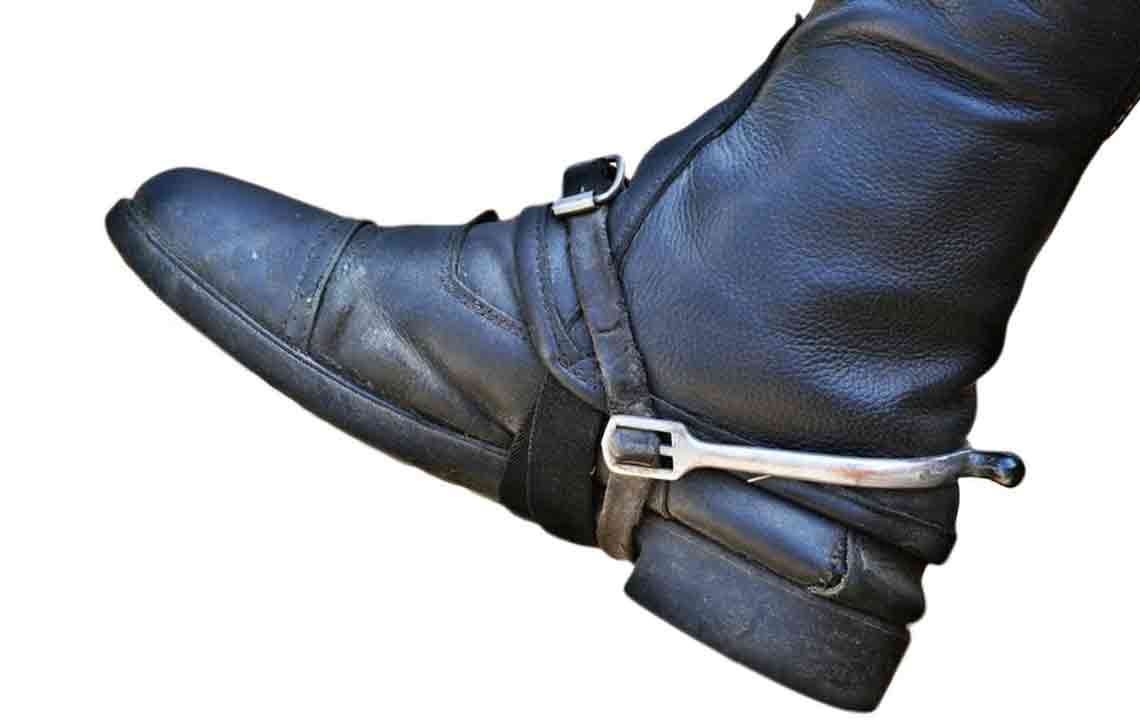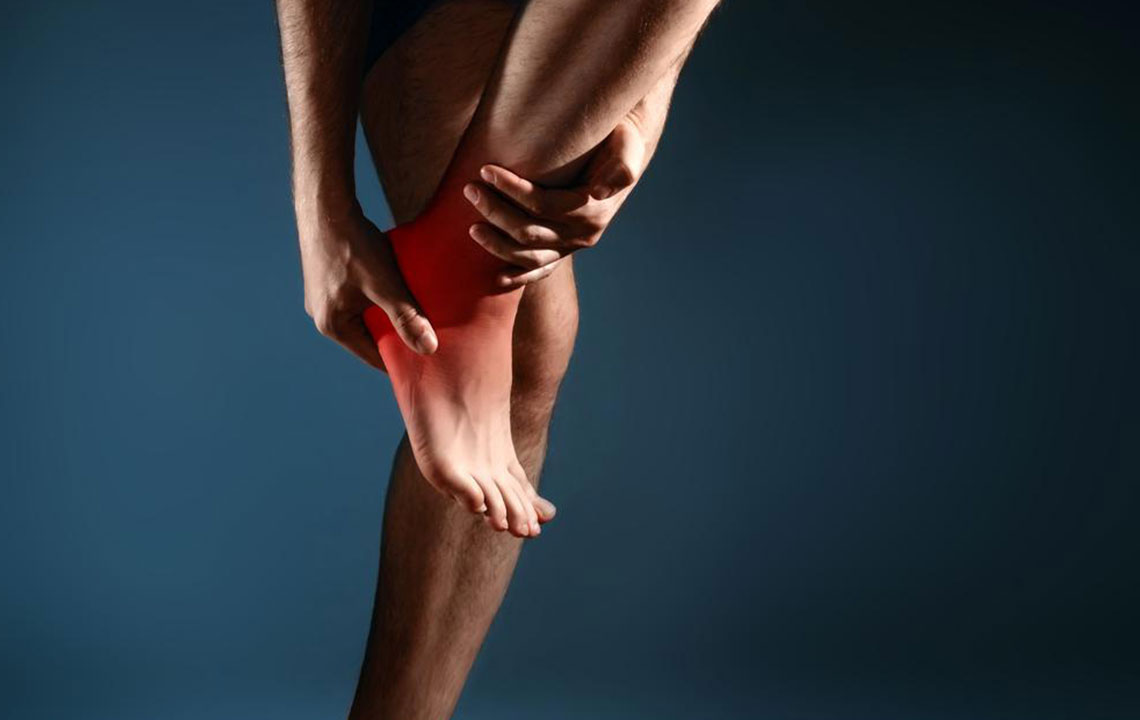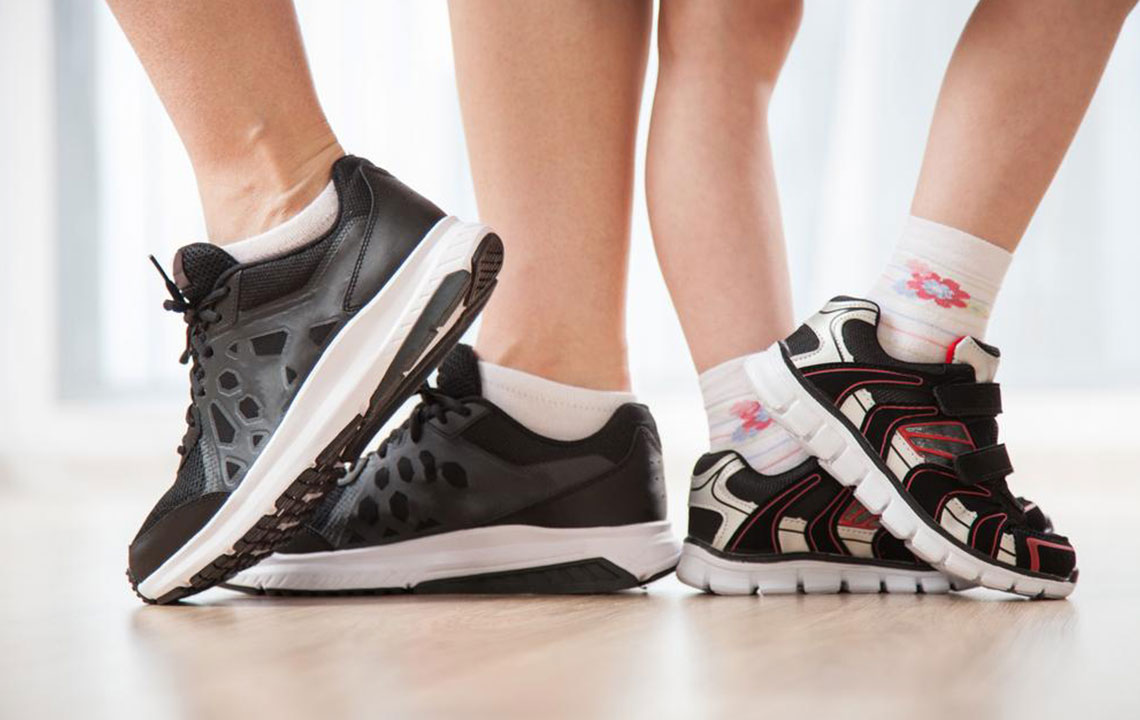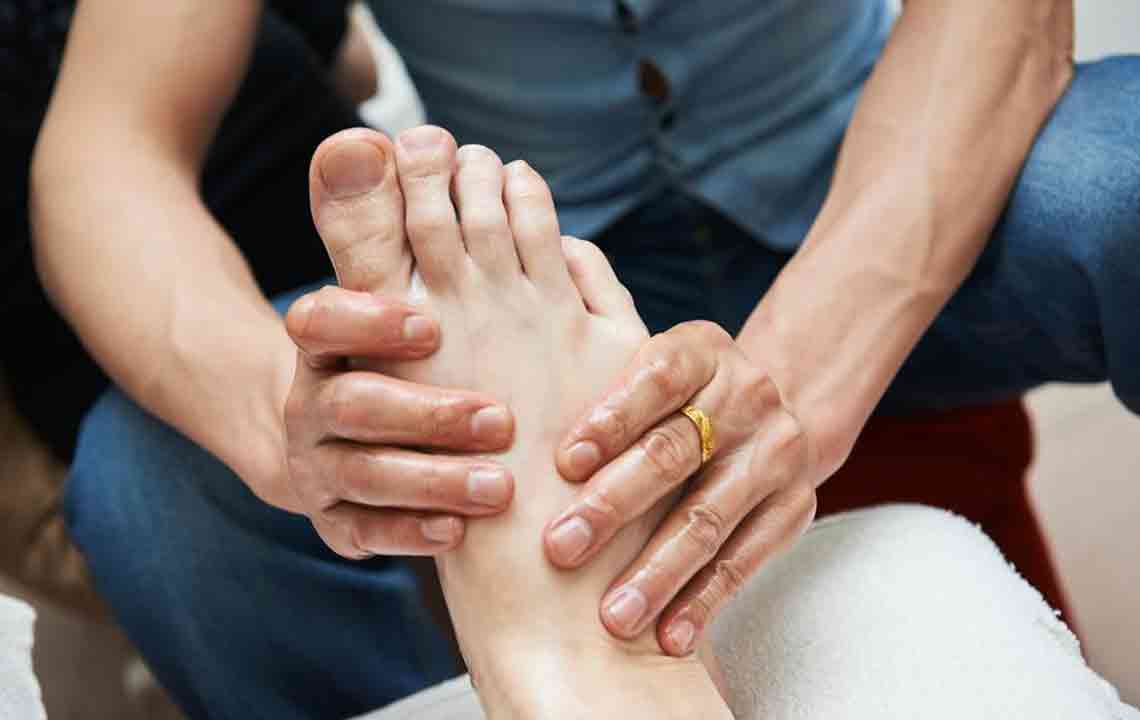Effective Footwear Choices to Relieve Bunion Discomfort and Improve Foot Health
Discover expert tips on selecting the best footwear to manage bunion pain effectively. Learn about suitable shoe types, the importance of proper fit, where to find bunion-friendly shoes, and how to prevent complications. This detailed guide helps foot deformity sufferers reduce discomfort, prevent progression, and improve mobility through proper shoe choices and foot care strategies.
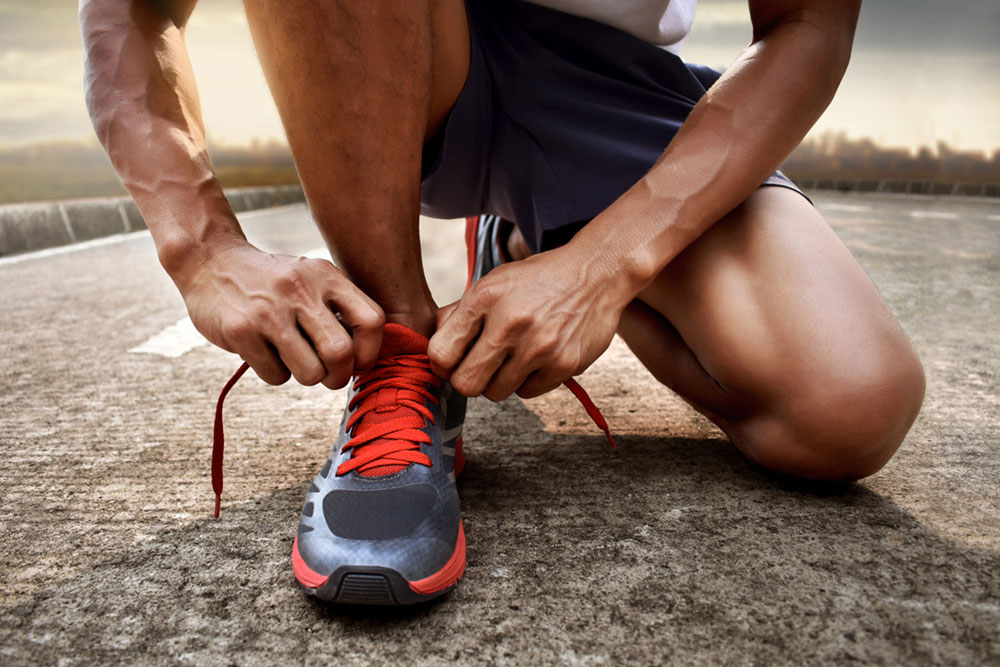
Effective Footwear Choices to Relieve Bunion Discomfort and Improve Foot Health
Bunions, medically known as hallux valgus, are a common foot deformity characterized by a prominent bony bump that forms at the base of the big toe. This condition can cause significant discomfort, pain, and limited mobility, affecting daily activities and overall quality of life. While genetics can play a role, improper footwear choices are often a primary contributing factor to bunion development and progression. Understanding how to select suitable footwear is crucial for managing symptoms, preventing worsening deformity, and maintaining foot health.
Many individuals suffering from bunions find that their pain worsens when they wear ill-fitting shoes. Tight, narrow, or high-heeled shoes can exert excessive pressure on the toes, accelerating the deformity's progression. Conversely, choosing the right type of footwear can provide relief, reduce pain, and slow down the progression of the bunion. The key lies in understanding what features to look for in shoes, where to find them, and how to adapt footwear to meet individual needs.
While genetics and hereditary factors contribute to bunion formation, footwear remains a modifiable risk factor. Choosing supportive, roomy, and comfortable shoes can effectively alleviate symptoms and prevent further worsening of the deformity. Here are comprehensive guidelines for selecting and maintaining footwear that promotes better foot health for bunion sufferers.
Understanding the Importance of Proper Shoe Selection
For individuals with bunions, the importance of selecting the right footwear cannot be overstated. Research indicates that improper footwear accelerates bunion progression and intensifies discomfort. The basic principle for managing bunions through footwear is to minimize pressure on the bunion area while supporting proper foot alignment.
Choosing shoes that fit well can help reduce inflammation, prevent the formation of painful calluses, and improve overall foot function. It's essential to recognize that footwear should prioritize comfort over fashion, especially during flare-ups or in cases of severe deformity.
Types of Shoes Suitable for Bunion Care
The type of footwear that best accommodates bunions varies depending on the severity of the deformity. For minor bunions, shoes with a wider toe box, added depth, and adjustable features are highly recommended. These features allow the toes to spread naturally and reduce pressure on the bunion.
For those who prefer wearing heels, limiting the heel height to 1-2 inches is advised. Lower heels decrease pressure transfer to the front of the foot, alleviating stress on the bunion joint. Shoes that have flexible soles and a good amount of toe room provide additional comfort and support.
Individuals with more severe bunions may benefit from custom orthopedic footwear, which can be tailored to accommodate the deformity precisely. Additionally, orthotic inserts or pads that cushion the bunion area can significantly improve comfort. Consulting a podiatrist can help determine the most appropriate footwear options and custom solutions for individual cases.
Where to Find Suitable Footwear for Bunions
Specialized footwear stores offer a range of options designed specifically for bunion-affected feet. These stores stock shoes that feature wider toe boxes, softer materials, and adjustable closures, all aimed at enhancing comfort and reducing pressure. Many online retailers now provide dedicated collections of bunion-friendly shoes, making it easier to browse and find suitable options from the comfort of your home.
It’s also advisable to seek guidance from healthcare professionals. Podiatrists and foot specialists can recommend brands or models known for their supportive features. In some cases, insurance plans or Medicare may cover custom-made shoes and orthotics, especially if a physician deems them necessary for treatment or pain relief.
Key Features to Look for in Bunion-Friendly Footwear
Wide Toe Box: Ensures ample space for toes to move freely, preventing crowding and pressure on the bunion.
Flexible, Soft Materials: Materials like leather, canvas, or specially engineered fabrics help accommodate swelling and provide comfort.
Adjustability: Shoes with straps, laces, or velcro closures allow for customized fit, enhancing stability and comfort.
Low Heel Height: Keeping heels under two inches minimizes pressure on the front of the foot and bunion area.
Good Ventilation: Features like ventilation holes improve airflow, reducing moisture and preventing skin irritation.
Cushioned Soles: Soft, shock-absorbing soles absorb impact and provide additional comfort during walking or standing.
Risks of Wearing Inappropriate Shoes
Continuing to wear unsuitable footwear can lead to several complications beyond pain, including:
Bursitis: Inflammation of the bursa, a fluid-filled sac that cushions joints, can occur from persistent pressure, causing swelling and tenderness.
Hammer Toe: Excessive pressure and deformity can result in toes bending into rigid, painful positions that are difficult to correct without medical intervention.
Increased Deformity: Tight, narrow, or high-heeled shoes can exacerbate the bunion deformity, making it more pronounced and harder to manage in the long run.
Preventative measures, mainly selecting footwear with appropriate support, can help reduce these risks and improve foot health.
Although surgical intervention remains the definitive option for correcting severe bunions, non-surgical management through careful footwear choices significantly improves comfort, reduces pain, and can slow disease progression. Prioritizing health over fashion by choosing supportive, well-fitting shoes tailored to individual needs is essential. Regular consultation with healthcare providers, combined with diligent footwear selection and foot care, offers the best approach for managing bunions effectively. Use this comprehensive guide to make informed decisions and enjoy healthier, more comfortable feet.

